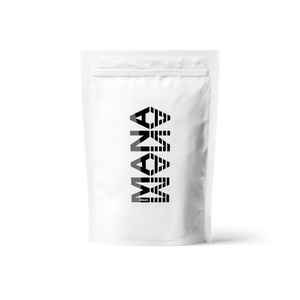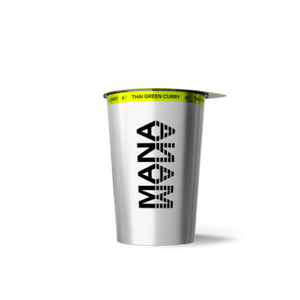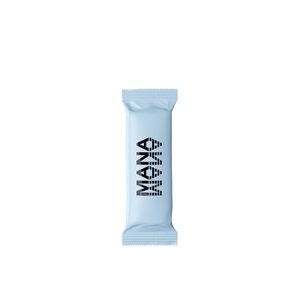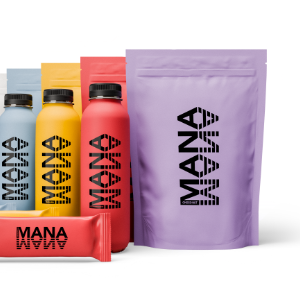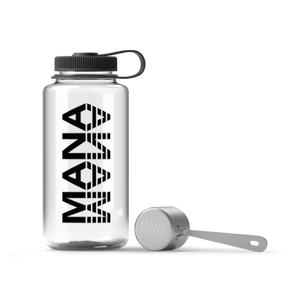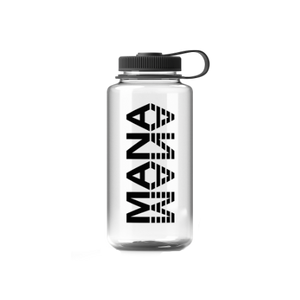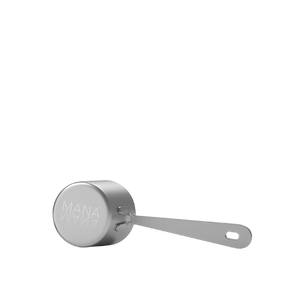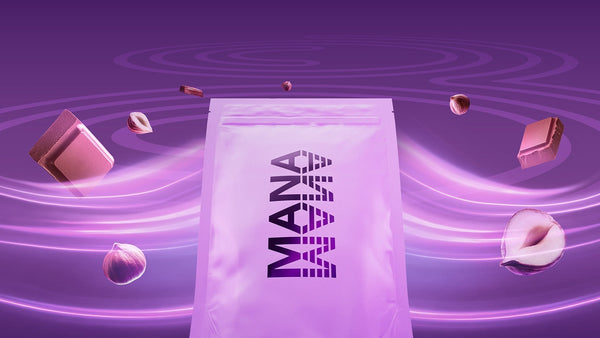Calcium is by weight one of the most abundant elements in the human body and is mostly found in the bones and teeth. It most commonly occurs in the form of calcium phosphate, as well as a free calcium cation bound to proteins, sulfates, and carbonates. Calcium plays a role in neural and muscular activity, and is necessary for proper blood clotting. It regulates numerous physiological processes and also has a construction function.
Calcium contributes to*:
- Normal blood clotting
- Normal energy-yielding metabolism
- Normal muscle function
- Normal neurotransmission
- Normal function of digestive enzymes
- Cell division and specialization
- Maintenance of normal bones and teeth
*Consumption of at least 750 mg per day is necessary to achieve these benefits (1,2).
Calcium to phosphorous ratio
One frequently asked question is what the right proportion of calcium to phosphorus intake is. In short, if we eat well, we have nothing to be worried about. For adults, the average intake of phosphorus is 1415.85 mg per day and the average intake of calcium is 928 mg per day.
The recommended daily intake of phosphorus was established on the basis of the ratio of calcium to phosphorous in the human body. This ratio ranges from 1.4:1 to 1.9:1 (Ca : P). The recommended daily intake of calcium is 850 mg and the recommended daily intake of phosphorus is 550 mg. Vitamin D contributes to normal absorption/utilization of calcium and phosphorus.
Here are examples of common foodstuffs and their approximate phosphorus content (which may not always be natural). 100g of emmental cheese/white bread/almonds/lentils contains over 450 mg of phosphorous. The phosphorous in Mana naturally occurs in its ingredients, so the content thereof per 100 g is lower.
Calcium is a natural component of the ingredients in ManaPowder and ManaDrink. We also add it in the form of calcium carbonate. Precise information on the quantity of calcium in ManaPowder Origin can be found here. Precise information on the quantity of calcium in ManaDrink Origin can be found here.
Mana is nutritionally complete food. Enjoy it as part of a balanced and healthy lifestyle.
Sources:
1) Tolerable upper intake levels for vitamins and minerals, Scientific Committee on Food, Scientific Panel on Dietetic Products, Nutrition and Allergies, EFSA 2006.
Online: http://www.efsa.europa.eu/sites/default/files/efsa_rep/blobserver_assets/ndatolerableuil.pdf
2) Vitamin and mineral requirements in human nutrition: report of a joint FAO/WHO expert consultation, Bangkok, Thailand, 21–30 September 1998.
Online: http://apps.who.int/iris/bitstream/10665/42716/1/9241546123.pdf
3) Scientific Opinion on Dietary Reference Values for calcium, EFSA Panel on Dietic Products, Nutrition and Allergies (NDA), Italy, 8 December 2015.
Online: https://efsa.onlinelibrary.wiley.com/doi/epdf/10.2903/j.efsa.2015.4101
4) Scientific Opinion on Dietary Reference Values for phosphorus, EFSA Panel on Dietic Products, Nutrition and Allergies (NDA), Italy.
Online: https://efsa.onlinelibrary.wiley.com/doi/epdf/10.2903/j.efsa.2015.4185
5) Nařízení komise (EU), 16 May.
Online: https://eur-lex.europa.eu/LexUriServ/LexUriServ.do?uri=OJ:L:2012:136:0001:0040:CS:PDF
Clinical studies:
http://onlinelibrary.wiley.com/doi/10.2903/j.efsa.2009.1272/epdf
https://efsa.onlinelibrary.wiley.com/doi/epdf/10.2903/j.efsa.2009.1210
